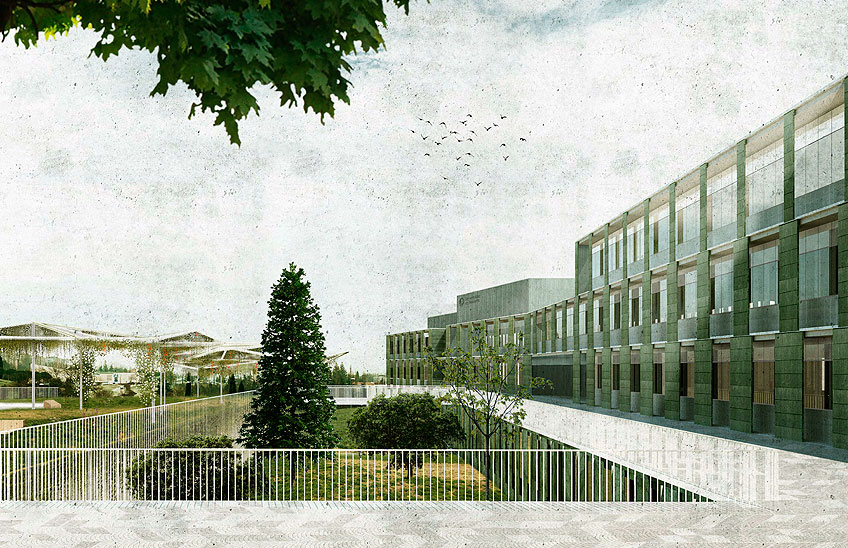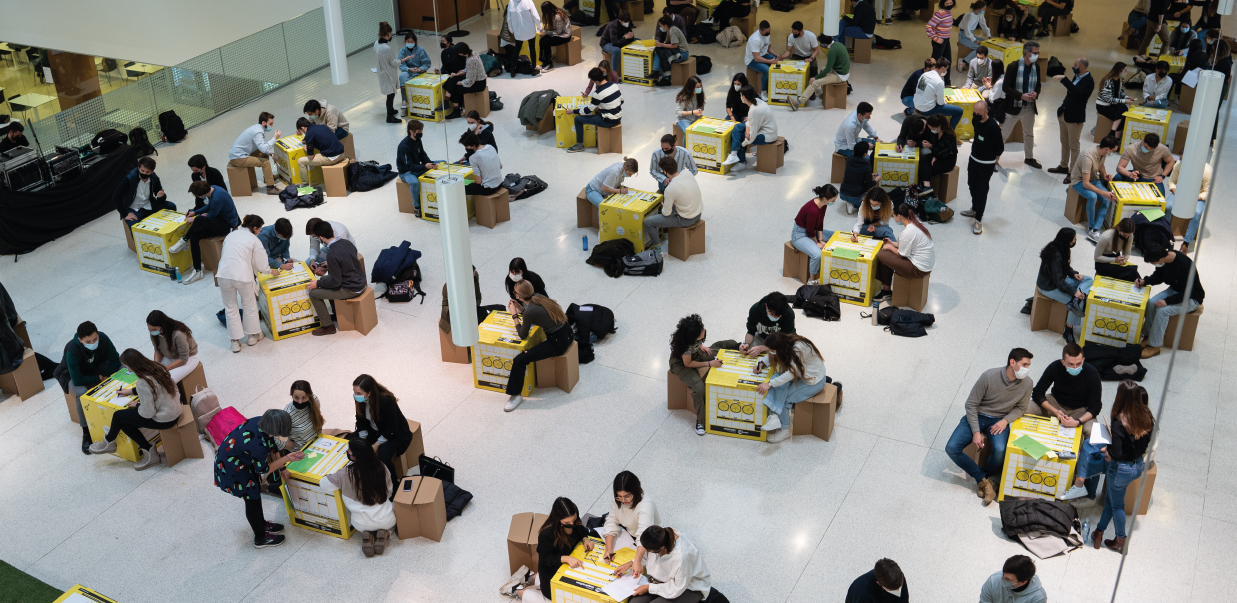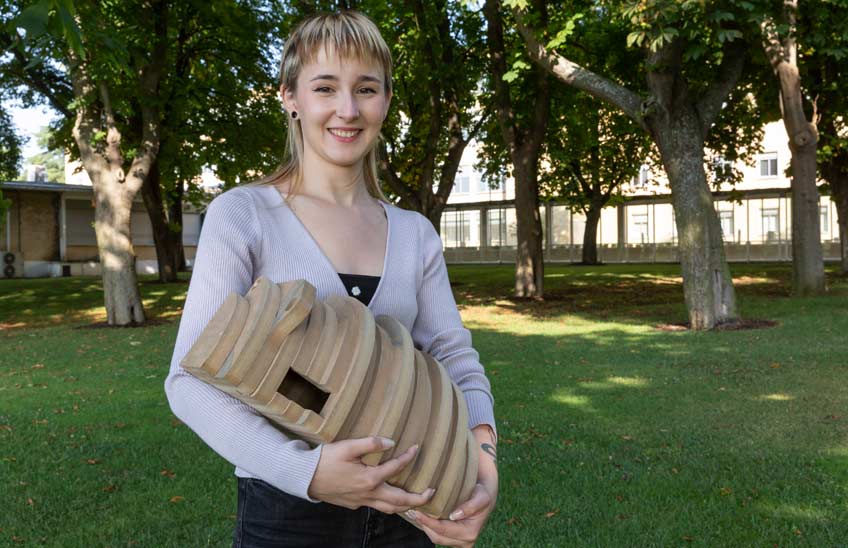noticia_ARQ_20211210_tesis-juan-carlos-gamero
"The sustainable building of the future must have as its vision the creation of positive impacts for people, cities and the planet".
University doctor Juan Carlos Gamero advocates passive design strategies as resource core topic to reduce CO2 emissions and as an economic saving for households.

PhotoManuelCastells/Doctor Juan Carlos Gamero
10 | 12 | 2021
"The sustainableBuilding of the future must have as its vision not only the reduction of the negative impacts generated by people, but also the creation of positive impacts for people, cities and the planet". So says Juan Carlos Gamero, PhD from School of Architecture of the University of Navarra.
The architect and alumni of the Master's Degree at management Environmental and Buildings recalls that the global demand for cooling will increase substantially by the end of the century "from agreement to several programs of study", surpassing the global demand for heating. This hypothesis, together with the "heat island effect affecting urban areas", leads to the question of how sustainable Building should be in the future. According to Gamero, "it will undoubtedly have to provide a solution on how to create comfortable indoor spaces while reducing the use of air conditioning, and to achieve this goal, the passive strategies of design are core topic helping households to significantly reduce CO2 emissions as well as saving money".
Good orientation, glazing from high performing or using natural ventilation in hot climates are examples of passive design strategies that, according to researcher, will help reduce or eliminate energy consumption. Gamero, in the framework of his doctoral thesis , has analysed the effectiveness of design strategies in hot and tropical climates by taking cities such as Singapore and Tegucigalpa as reference letter . Among the conclusions of his study, he underlines that "natural ventilation is one of the most important strategies for the residential sector" and adds that "some programs of study add that it is equally important in temperate climates prone to heat waves".
As researcher explains, where buildings are found to have thermal insulation in the building envelope, a natural ventilation strategy is crucial, as the effect of thermal insulation is "like wearing a coat in summer"; therefore, Gamero adds, "natural ventilation will help reduce the overheating of interior spaces".
In addition to natural ventilation, other passive design strategies such as the use of light colours that reflect heat and solar protection systems are allies in combating overheating, and therefore "reducing the use of air conditioning systems". subject "This refers to buildings, especially residential buildings", Gamero points out, "it would be necessary to analyse which strategies are most effective for buildings with other uses, such as educational or commercial centres, also taking into account their climatic contexts".
The researcher defended his doctoral thesis on 22 October at degree scroll 'Overheating risk in warm tropical climates. Semi-outdoor spaces as form-based & passive adaptation measures' and has been directed by the professors and researchers of the School of Architecture Ana Sánchez-Ostiz and Aurora Monge.





